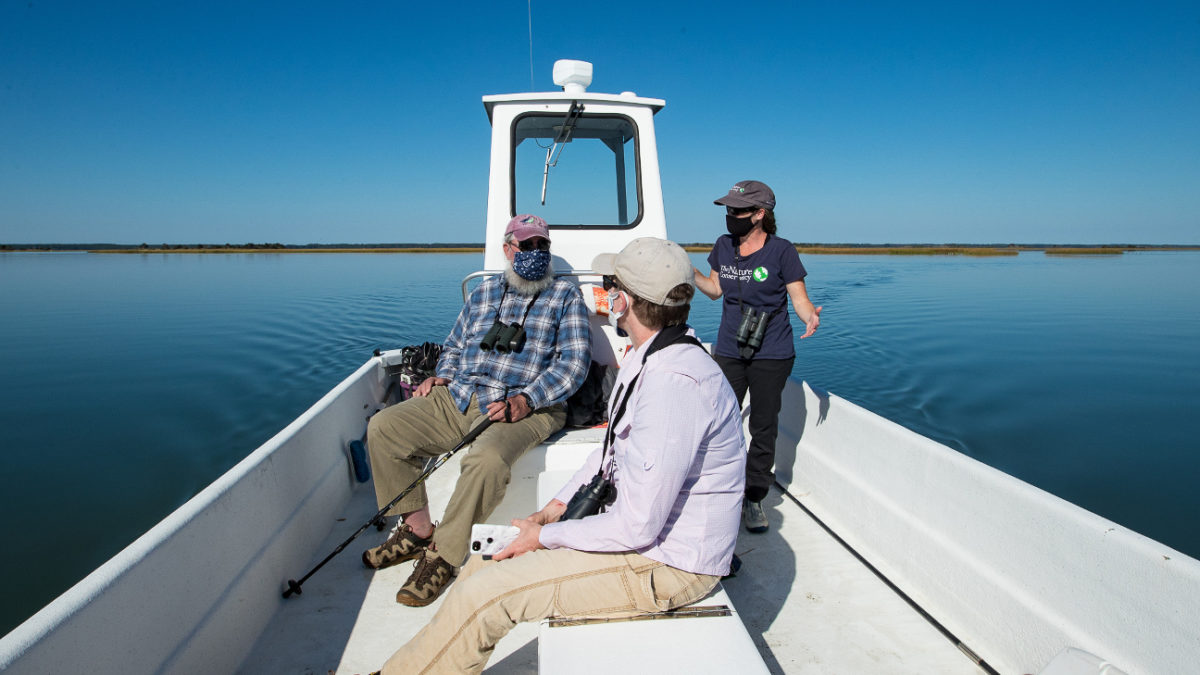30th anniversary for MD-VA Barrier Islands Western Hemisphere Shorebird Reserve

Eastern black rail elevated to Threatened status
January 11, 2021
The A-Team Signs Off
March 23, 2021By: Bryan Watts
1/11/2021
It was a beautiful fall day with glassy water as Alex Wilke (Coastal Scientist, The Nature Conservancy), Laura Chamberlin (Assistant Director for North America, WHSRN), Barry Truitt (retired Chief Conservation Scientist, Virginia Coast Reserve, The Nature Conservancy) and Bryan Watts (Director, CCB) let out of the boat ramp on the Eastern Shore of Virginia, NWR and headed north up the inside passage. Passing Skidmore Island and turning east around the south end of Mockhorn Island, the group idled up to a congregation of shorebirds feeding on a flat along the north end of Smith Island Bay. It was 6 October 2020, and despite the late date the shorebird assemblage included whimbrel, western willets, marbled godwits, short-billed dowitchers, black-bellied plovers, dunlin, western sandpipers and a single American avocet. The group had come for a field trip to celebrate the 30th anniversary of the induction of the Delmarva seaside into the Western Hemisphere Shorebird Reserve Network (WHSRN).
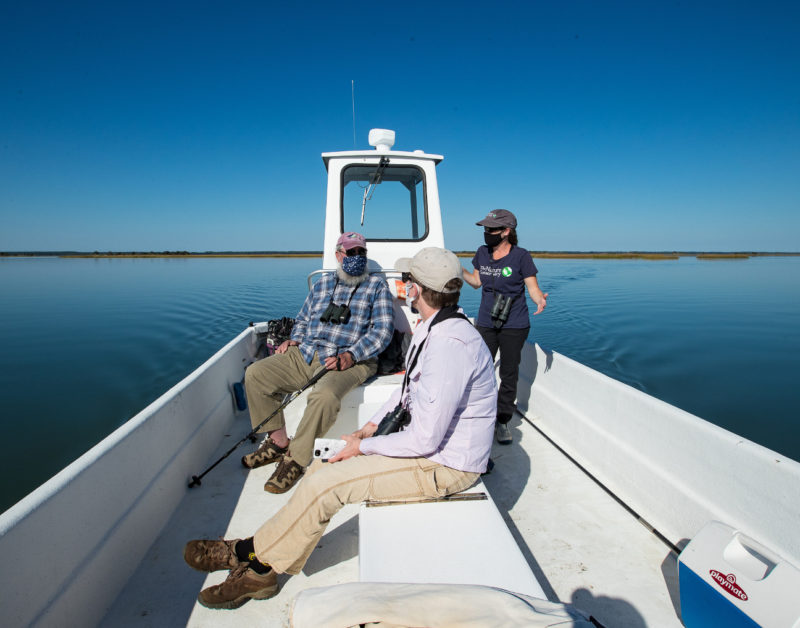
On a global scale, the majority of shorebird species are declining. This pattern is particularly evident within the Western Hemisphere. Most shorebird species are highly migratory and depend on strategically important sites during migration that are often widely scattered. The growing realization of ongoing declines and the importance of the need to protect these widely dispersed sites led to the establishment of WHSRN in 1985. WHSRN is a science-based, partnership-driven, conservation initiative for protecting the ecological integrity of critical habitat for shorebirds throughout the Americas. The program is focused on the conservation of all shorebird species and populations in the Americas for which a site-based approach is both appropriate and effective. To date, the network includes 107 sites.
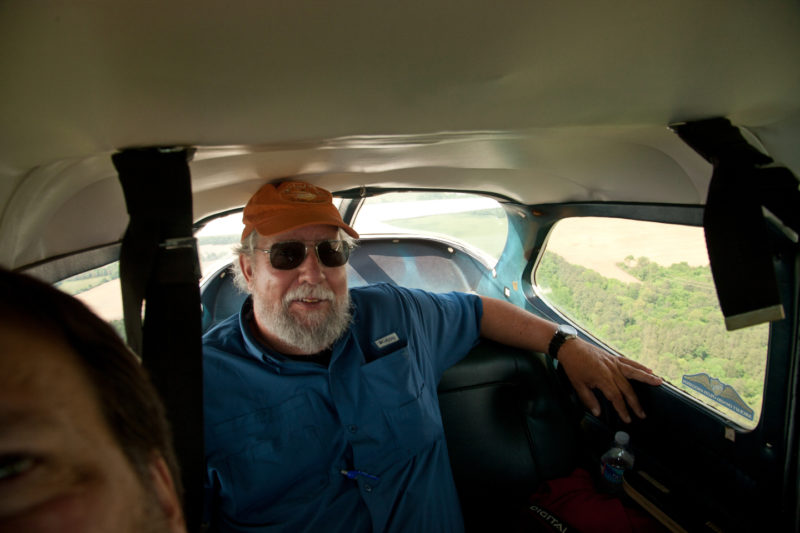
The MD-VA Barrier Islands WHRSN site was one of the early locations included in the network and is a jewel in the chain. Stretching more than 100 miles from Assateague National Seashore south to Fisherman Island National Wildlife Refuge, the site contains the most pristine set of barrier islands remaining along the Atlantic Coast and a coastal wilderness of marshes and shallow bays. This complex of habitats plays a critical role in the life cycle of many shorebird species, serving as breeding area for some, winter area for others and as a spring and fall staging area for many.
Beyond the critical habitats offered by the site, the most important factor that has led to conservation successes over the decades has been the incredible people and partners who have committed to shorebird conservation. Partners include The Nature Conservancy, The U.S. Fish and Wildlife Service, The Virginia Department of Wildlife Resources, The Center for Conservation Biology at William & Mary, Fisherman Island National Wildlife Refuge, The Virginia Tech Shorebird Program, the National Park Service, the National Aeronautics and Space Administration, The Virginia Department of Conservation and Recreation, Virginia Marine Resources Commission, Virginia Coastal Zone Management Program and the Accomack Northampton Planning District Commission. Conservation across this complex landscape with all of the day-to-day pressures would not be possible without everyone pulling in the same direction.
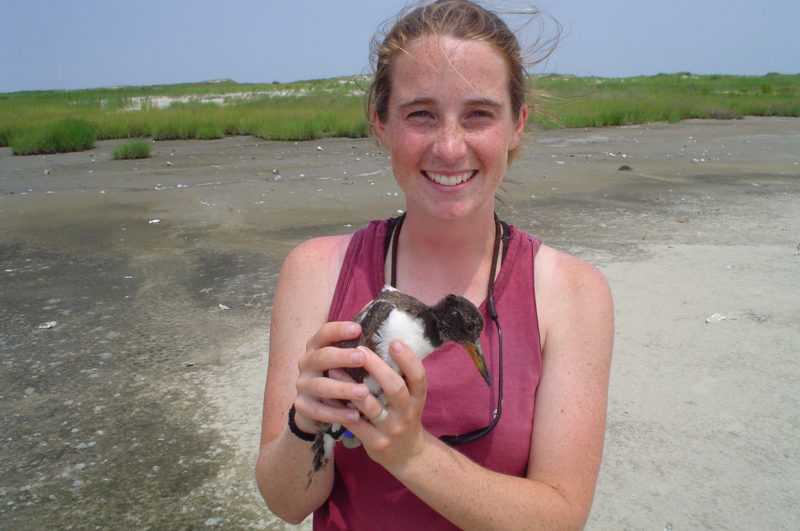
As we leave the foraging shorebirds and head toward north Smith, it is hard not to reflect on all that has happened over the past 30+ years. So many meetings with great people sitting around a table deciding on next steps, new management programs and research projects to fill information gaps. They have been heady times with the best of intentions trying to move the conservation needle forward. I remember the beginnings of many programs through the years. The day in early June 1986 when Rudy Cashwell, piloting a 16-foot jon boat, dropped Dana Bradshaw and me off on the north end of Wreck Island to begin the first plover survey (lead by Mitchell Byrd). Dana and I walked the islands and lead the plover survey for the next 11 years. The annual survey continues some 35 years later. The day in April 1993 when Barry Truitt and I took off from Accomack airport with Carter Crabbe to fly the first aerial survey of shorebirds along the barrier islands. We would fly spring surveys through 2014 and amass an extensive dataset on shorebirds that stage along the barrier islands and within the lagoon system. A day in June of 2004 when Alex Wilke and I went out to color band the first American oystercatcher chick on Fisherman Island. The banding program has now banded hundreds of individuals and is the basis of what we know about demography of Virginia oystercatchers. The day in mid-May of 2008 when we caught the first whimbrel out of Boxtree Creek and began to experiment with how to adapt the leg-loop harness to attach satellite transmitters to track whimbrel throughout their annual cycle. Over the next ten years, this effort would revolutionize what we know about whimbrel migration ecology. These are just a few of my memories. There is no doubt that everyone in the coalition can reflect on the many great memories they have had of times in the field or with colleagues.
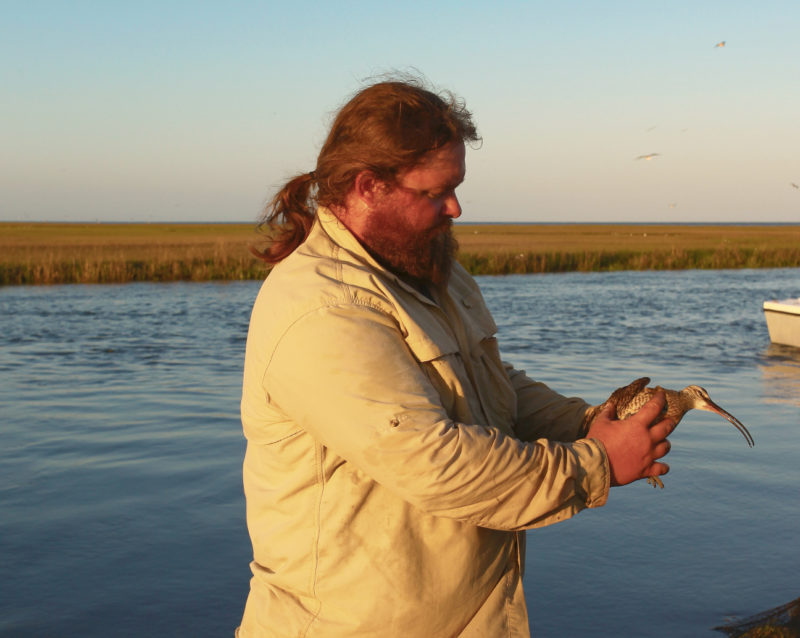
Work within this WHSRN site continues, pushing the conservation front forward, learning, adapting and overcoming whatever hurdles emerge, and creating new memories of work together. It is the same across the network with each community of conservation biologists, focusing on their unique set of species and challenges and deciding how to do right by the species that depend on them. For species that migrate across vast areas and touch so many communities, conservation depends on all of these communities to solve local problems and to work across the network.

